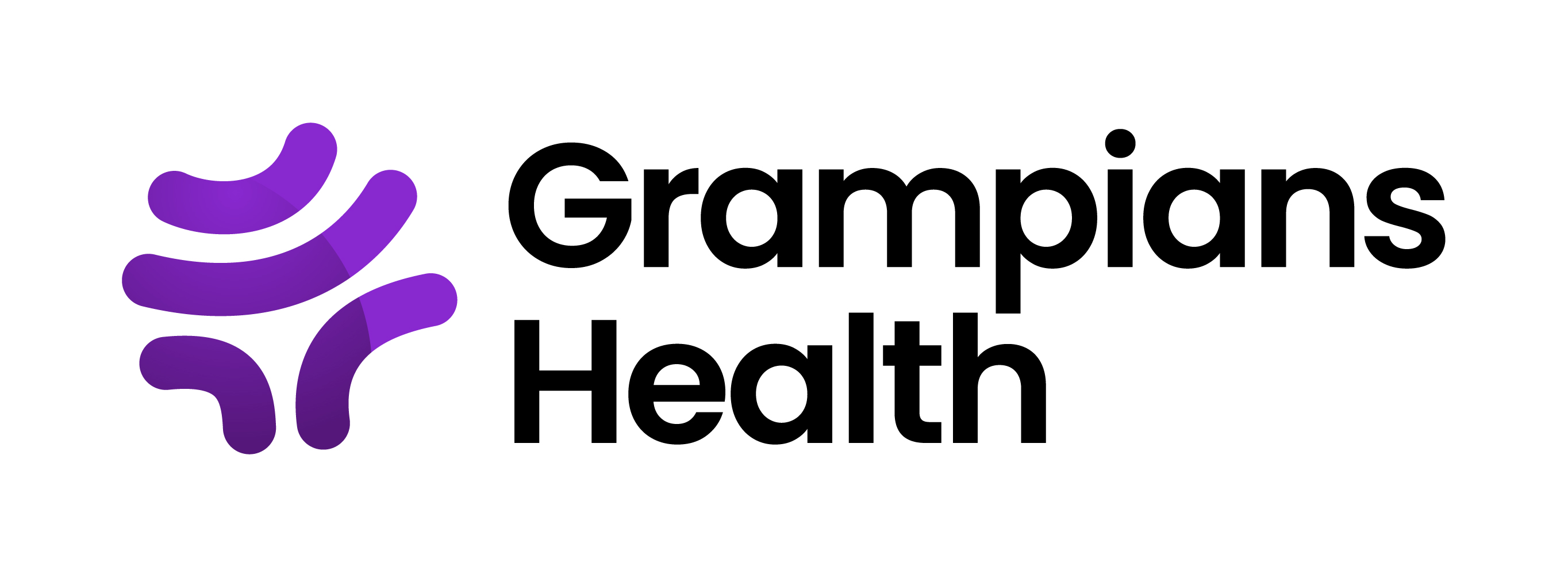Please use this identifier to cite or link to this item:
http://hdl.handle.net/11054/1800| Title: | Safety and efficacy of induction and maintenance avelumab plus R-CHOP in patients with diffuse large B-cell lymphoma (DLBCL): analysis of the phase II Avr-CHOP study. |
| Author: | Hawkes, E. Chong, Geoffrey Smith, C. Lee, S. Churilov, L. McKendrick, J. Renwick, Blombery, P. Nelson, N. Fancourt, T. Hawking, J. Lin, W. Scott, A. Barraclough, A. Wight, J. Grigg, A. Keane, C. Fong, C. Manos, K. |
| Issue Date: | 2019 |
| Conference Name: | 62nd ASH (American Society of Hematology) Annual Meeting & Exposition |
| Conference Date: | December 5-8 |
| Conference Place: | Sand Diego, United States of America & Online |
| Abstract: | Background: Novel strategies are needed to improve upon the 60% cure rate of upfront R-CHOP in advanced DLBCL. Single-agent immune checkpoint inhibition (ICI) has limited efficacy in heavily pre-treated DLBCL (response rate <10%, Ansell JCO 2019), potentially due to residual immunocompromise from prior therapy. Frontline ICI, given when host immunity is relatively intact, may improve these outcomes. Concurrent ICI with R-CHOP is safe (Smith BJH 2020) but corticosteroid-related immunosuppression may negate ICI efficacy. These factors, along with evidence that ICI sensitises non-Hodgkin lymphoma to subsequent chemotherapy (Carreau BJH 2020), support a sequential treatment strategy. Avelumab (Av) is an anti-PDL1 monoclonal antibody with antibody dependent cell cytotoxicity (ADCC) activity which acts synergistically with rituximab (R) in vitro. We report the results of a phase II single arm study assessing safety of 1st line sequential AvR induction, R-CHOP & Av maintenance for DLBCL. Methods: Patients aged ≥18 years, ECOG 0-2 with untreated stage II-IV DLBCL and no active autoimmune disease were treated with AvR induction x2 cycles q2-weekly (Av 10mg/kg IV + R 375mg/m2 IV), followed by R-CHOP21 x 6 cycles then Av 10mg/kg x 6 cycles q2-weekly if in complete metabolic response (CMR) post R-CHOP. The primary endpoint was the rate of grade 3/4 immune-related adverse events (irAE). Secondary endpoints included overall response rate (ORR), failure free survival (FFS), overall survival (OS) and overall toxicity. Response was determined centrally by PET-CT (Lugano 2014 criteria). CMR rates by PET-CT post AvR induction and post C2 R-CHOP were exploratory endpoints. Genomic analysis was performed including next generation sequencing (NGS) based sequence variant detection, copy number analysis and structural variant detection. Results: 28 pts were enrolled from Dec 2017 to Oct 2019. Key baseline characteristics included median age 54 yrs (range 20-79); stage III/IV disease 68%; elevated LDH 61%; IPI ≥2 25%. Histology included 21 DLBCL NOS (75%; 14 GCB, 7 non-GCB by Hans algorithm), 6 primary mediastinal B-cell lymphoma (PMBCL; 21%) and 1 EBV positive DLBCL (4%). The study met its pre-specified primary endpoint of G3/4 irAE <30%. Grade 3/4 irAEs included hepatitis (n=1) and rash (n=2). G1/2 irAEs occurred in 71% (20/28) as follows: rash 53%, liver dysfunction 26%, hyper/hypothyroidism 29% and diarrhoea 21%. 79% had G3/4 toxicity, predominantly haematological, related to RCHOP with febrile neutropenia/infection in 28% of pts. ORR post R-CHOP was 89% (all CR) (Figure 1). The ORR to 2 cycles of induction AvR was 60%, including 6 CMR (21%) across all diagnostic/histologic subgroups (n=1 PMBCL, n=2 non-GCB DLBCL, n=3 GCB DLBCL; Figures 1 and 2). Six pts (21%) progressed during AvR induction (with 1 pt completing only 1 x AvR cycle); all subsequently responded to R-CHOP. With a median follow-up of 16 months, 1-year FFS was 76% and OS 89%. Treatment was discontinued early in 5 pts; 2 during R-CHOP due to progressive disease and 3 during Av maintenance (n=1 immune hepatitis; n=1 pulmonary embolism initially reported as pneumonitis; n=1 progressive disease). Alterations in the CD274/PDCDLG2 locus were identified by NGS in 3 of 27 evaluable pts (n=2 PMBCL, n=1 EBV+ DLBCL). Full genomic analysis to identify factors associated with response will be presented. Conclusion: Sequential AvR induction, R-CHOP and Av maintenance in pts with newly diagnosed DLBCL is feasible with a manageable toxicity profile and a high CR rate. Responses to AvR alone were higher than expected based on the relapsed/refractory population and may suggest superior efficacy of ICI in the frontline setting. These results support ongoing sequential studies of immune priming with PD1/PDL1 inhibition prior to R-CHOP in DLBCL. |
| URI: | http://hdl.handle.net/11054/1800 |
| Internal ID Number: | 01748 |
| Health Subject: | CANCER ONCOLOGY LYMPHOMA AVELUMAB |
| Type: | Conference Presentation |
| Appears in Collections: | Research Output |
Files in This Item:
There are no files associated with this item.
Items in DSpace are protected by copyright, with all rights reserved, unless otherwise indicated.
